OLIVIER MESSIAEN
December 10, 1908 (Avignon, France) - April 27, 1992 (Clichy, near Paris)
Olivier Messiaen
A French composer, organist, and ornithologist, one of the major composers of the 20th century. He found birdsong fascinating, notating bird songs worldwide and incorporating birdsong transcriptions into his music. His innovative use of color, his conception of the relationship between time and music, and his use of birdsong are among the features that make Messiaen's music distinctive.
Birdsong fascinated Messiaen from an early age, and in this he found encouragement from his teacher Dukas, who reportedly urged his pupils to "listen to the birds". Messiaen included stylised birdsong in some of his early compositions (including L'abîme d'oiseaux from the Quatuor pour la fin du temps), integrating it into his sound-world by techniques like the modes of limited transposition and chord colouration. His evocations of birdsong became increasingly sophisticated, he notated the bird species with the music in the score. The pieces are not simple transcriptions; even the works with purely bird-inspired titles, such as Catalogue d'Oiseaux and Fauvette des Jardins, are tone poems evoking the landscape, its colours and atmosphere. There is a total of 321 different birds in the works of Olivier Messiaen, (322 including the mysterious “Bird of Persépolis” in the seventh of the Méditations sur le Mystère).
Excerpts from “Olivier Messiaen” by Harry Halbreich, translated from French
…But in any case, there is an inevitable distortion, even when the intention of the composer is to reproduce the song as faithfully as possible: it is that on the one hand our sensory perception and our biological rhythm are not those of the bird and on the other hand our instruments have the resources of timbre, dynamics, articulation, velocity that are very different from those of the bird. It is therefore a task for Messiaen to transpose these songs "on a human scale", as he says, that is to say to adapt them to our size (enlargement of the micro-intervals to the dimensions of our temperate scale, a comma in the bird corresponding approximately to a semitone), to our auditory tessitura (much less acute than that of birds, which obliges to transpose their songs to one to four octaves lower, depending on the case), and finally to our biological rhythm (the heart of the bird beats much faster and their temperature is higher than ours, hence there is a need for a considerable slowdown in tempo). There remains the formidable problem of timbre, and it is here that the auricular refinement of a musician triumphs, in complex aggregates where the notion of harmony melts indissolubly with that of timbre, their union reaching the desired color: this is a real registration, and it should be stressed that the aspects of complex sounds which result from it have a function, and besides an effect, it is quite different from those of the colored chords intended to evoke the hues of the plumage of a bird or the landscape in which it lives. This single part of Messiaen's work represents, as he explains, an effort of fantastic imagination:
Messiaen notating birdsongs in the nature
[…] In order to translate these timbres, harmonic combinations are absolutely necessary. Even in very fast movements, where I reproduce bird songs either in the orchestra, or on the piano, each note is provided with a chord, not a traditional chord, but a complex of sounds destined to give the timbre of that note. There are as many invented chords as there are notes, which is to say for a bird piece comprising of one or two thousand notes, there are one or two thousand invented chords. It is an enormous task for the imagination.
- Olivier Messiaen. From “Olivier Messiaen: Music and Color: Conversations with Claude Samuel”
We could also believe, at first glance, that the composer may have multiplied the difficulties by choosing the piano, as a preference to any other sound medium - a temperate instrument, which is monochromatic, with fixed sounds. But he uses skillful prodigiously devices in regard to harmonic and instrumental writing, in order to give the illusion of glissando and voice. We can even say that it were the birds who have made the most progress in the piano writing technique of Messiaen!
Birds always sing in a given fashion. They do not know the octave interval. Their melodic lines often recall the inflections of Gregorian chant. Their rhythms are of infinite complexity and variety, but always of perfect precision and clarity...
Each stanza of the song thrush is built on very extraordinary rhythms, which are in fact much richer than our Greek and Hindu rhythms.
A very common and very virtuoso bird, the chaffinch, does not have an innate song: the young finches work under the guidance of their father and they generally have great difficulty in completing the end of the victorious roll they compose…
[…] I noticed a specially gifted thrush, whose song was absolutely brilliant when the sunset was very beautiful, with magnificent red and purple lighting. When the color was less beautiful or the sunset was shorter, this thrush did not sing or sang less interesting themes…
- Olivier Messiaen


